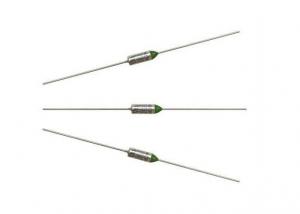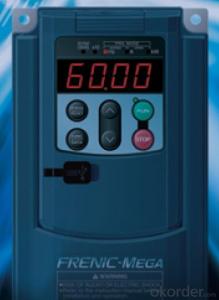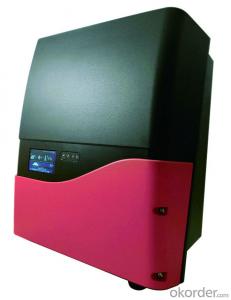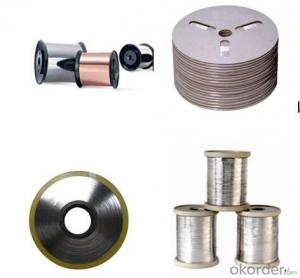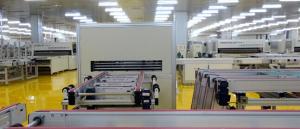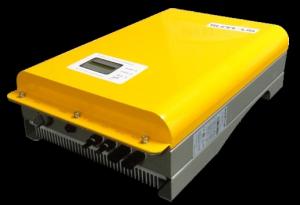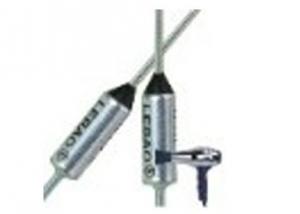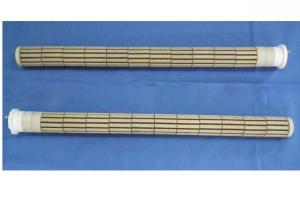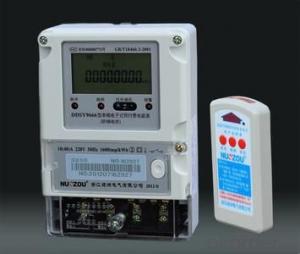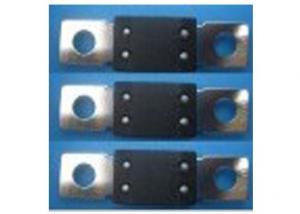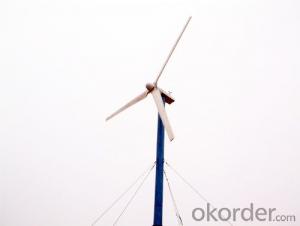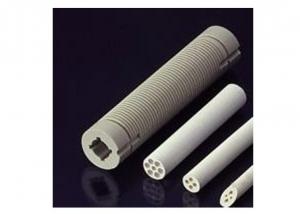Solar Inverter Fuse Blown
Solar Inverter Fuse Blown Related Searches
Broken Solar Inverter Solar Inverter Broken Fusion Solar Inverter Faulty Solar Inverter Focus Solar Inverter Solar Inverter Installed Solar Battery Inverter Solar Powered Inverter Battery Solar Inverter Used Solar Inverter Sunshine Solar Inverter Sun Solar Inverter Plug In Solar Inverter Solar Solar Inverter Solar Battery Inverter Combo Install Solar Inverter Solar Battery With Inverter Solar Inverter Factory Inverter With Solar Input Solar Inverter Combo Solar Powered Power Inverter Solar Inverter Drive Solar Based Inverter Solar Ups Inverter Inverter With Battery Solar Hybrid Solar Inverter Inverter Pump Solar Inverter Solar Hybrid Charge Inverter Battery Solar Inside Solar InverterSolar Inverter Fuse Blown Supplier & Manufacturer from China
Solar Inverter Fuse Blown is a crucial component in solar power systems, designed to protect the inverter from electrical faults and potential damage. It plays a vital role in maintaining the safety and efficiency of the entire solar energy setup. This product is essential for any solar power system, as it helps to prevent costly repairs and downtime by detecting and cutting off power when necessary.The Solar Inverter Fuse Blown is widely used in various applications, such as residential, commercial, and industrial solar power systems. It is particularly important in scenarios where high power output is required, as it ensures that the inverter operates within safe parameters and prevents potential hazards. By incorporating this product into your solar power setup, you can enjoy a reliable and efficient energy generation process.
Okorder.com is a leading wholesale supplier of Solar Inverter Fuse Blown products, offering a vast inventory to cater to the needs of various customers. With a commitment to quality and customer satisfaction, Okorder.com ensures that you receive the best products at competitive prices. Whether you are a solar power system installer, an electrician, or a DIY enthusiast, you can rely on Okorder.com to provide you with the Solar Inverter Fuse Blown products you need for your projects.
Hot Products
